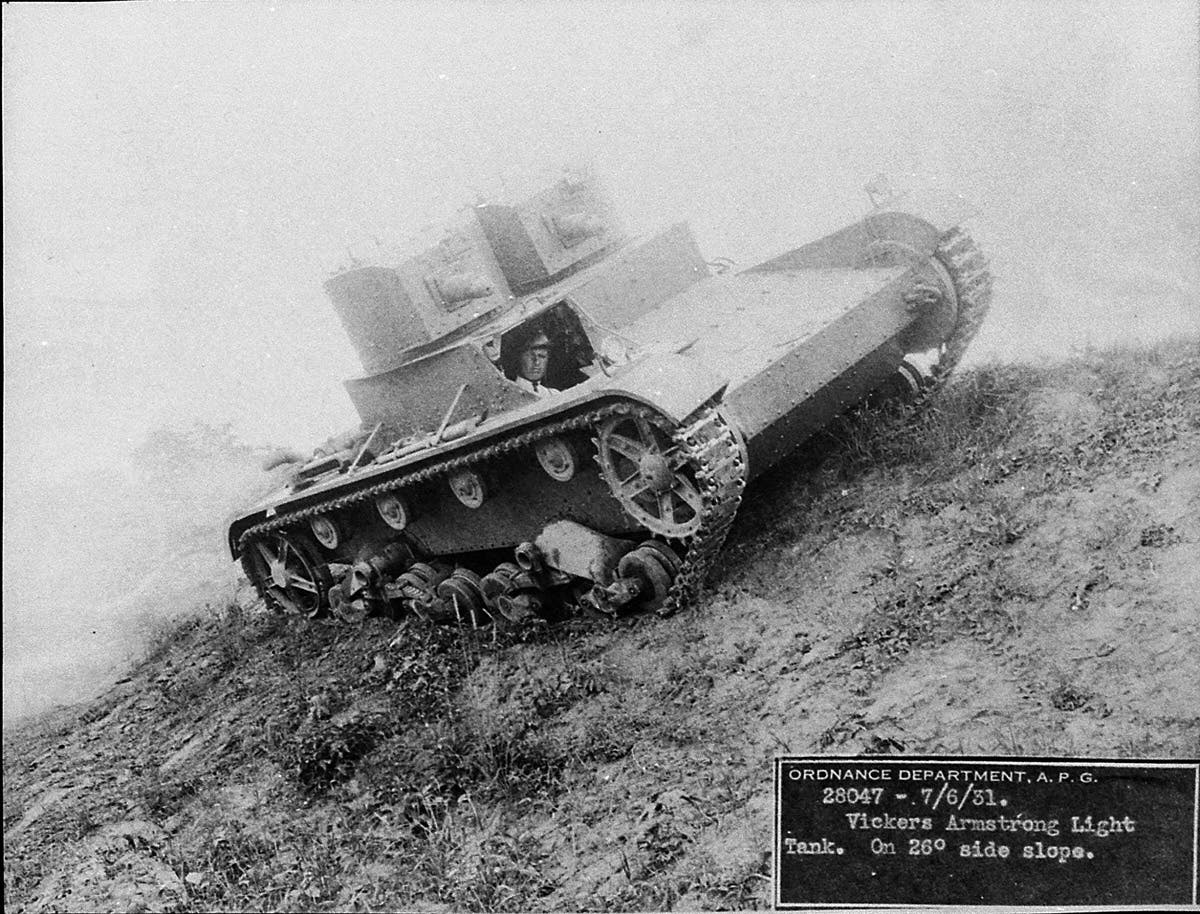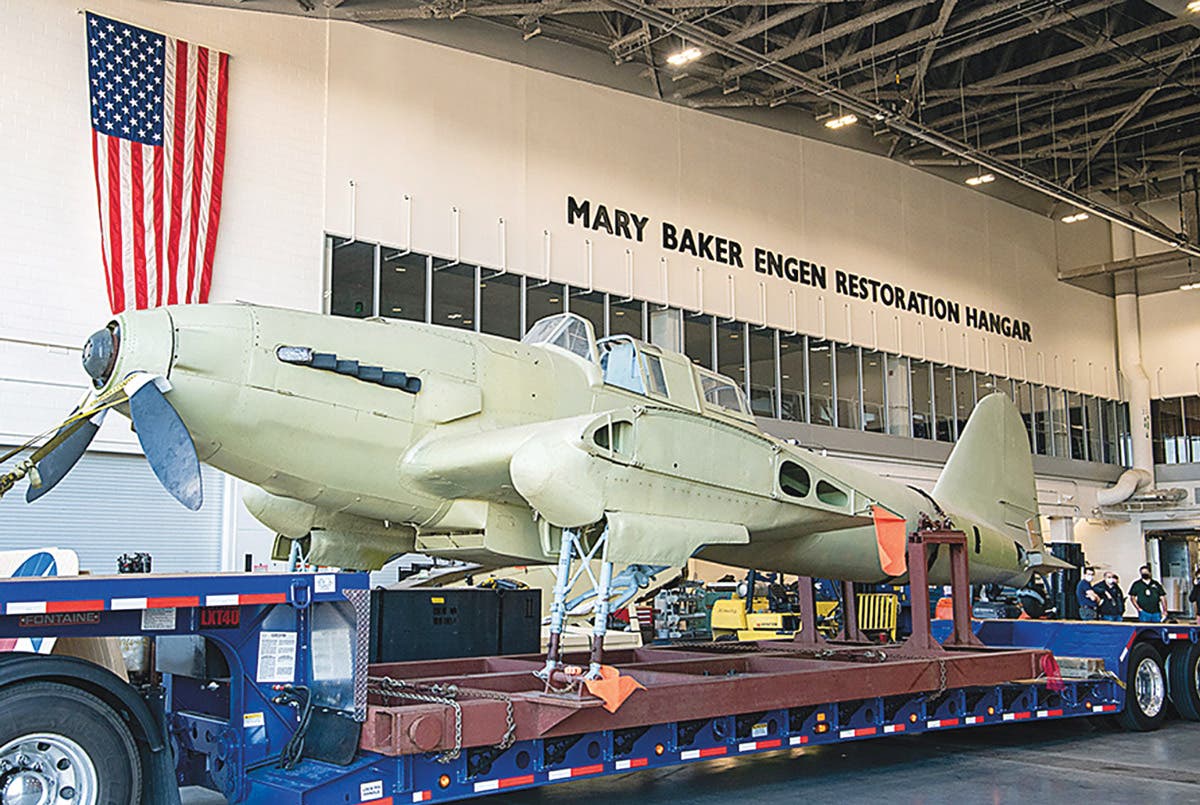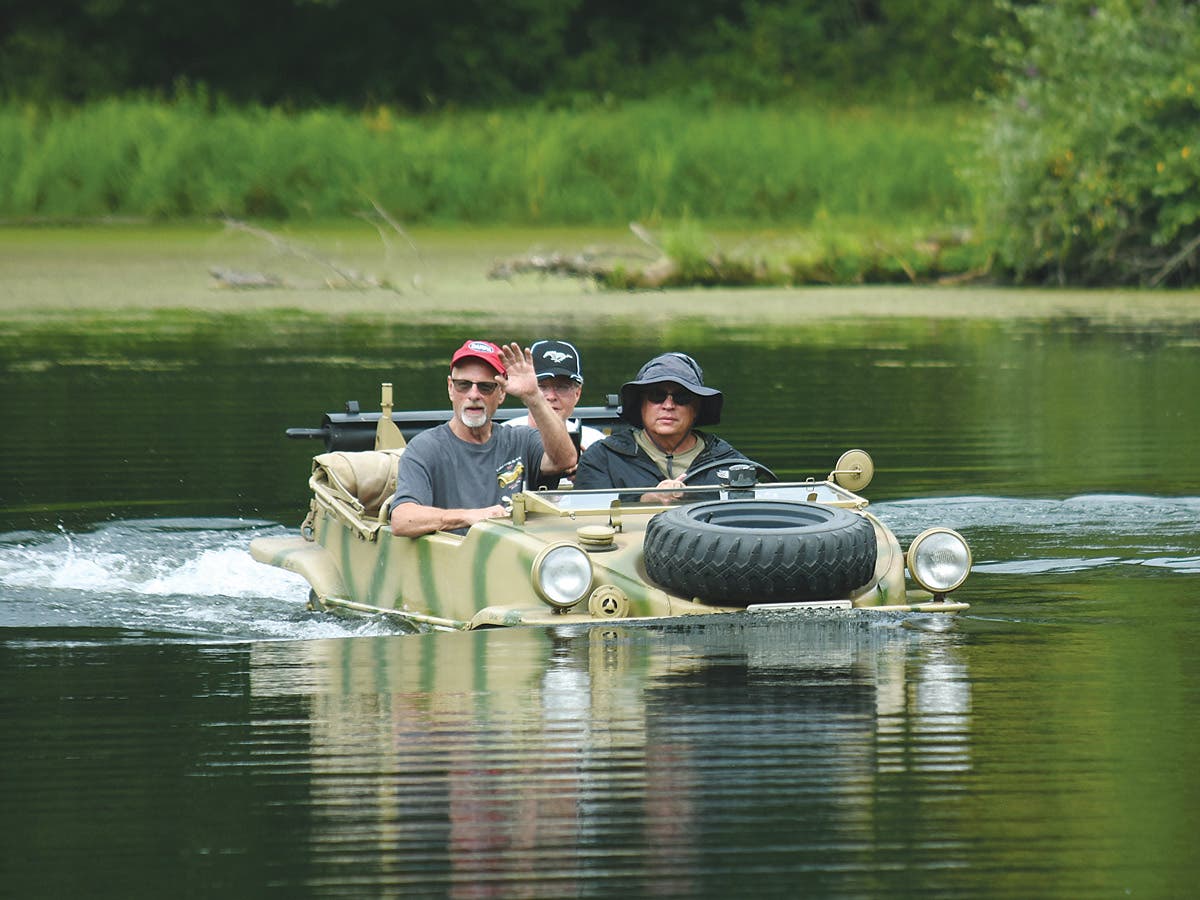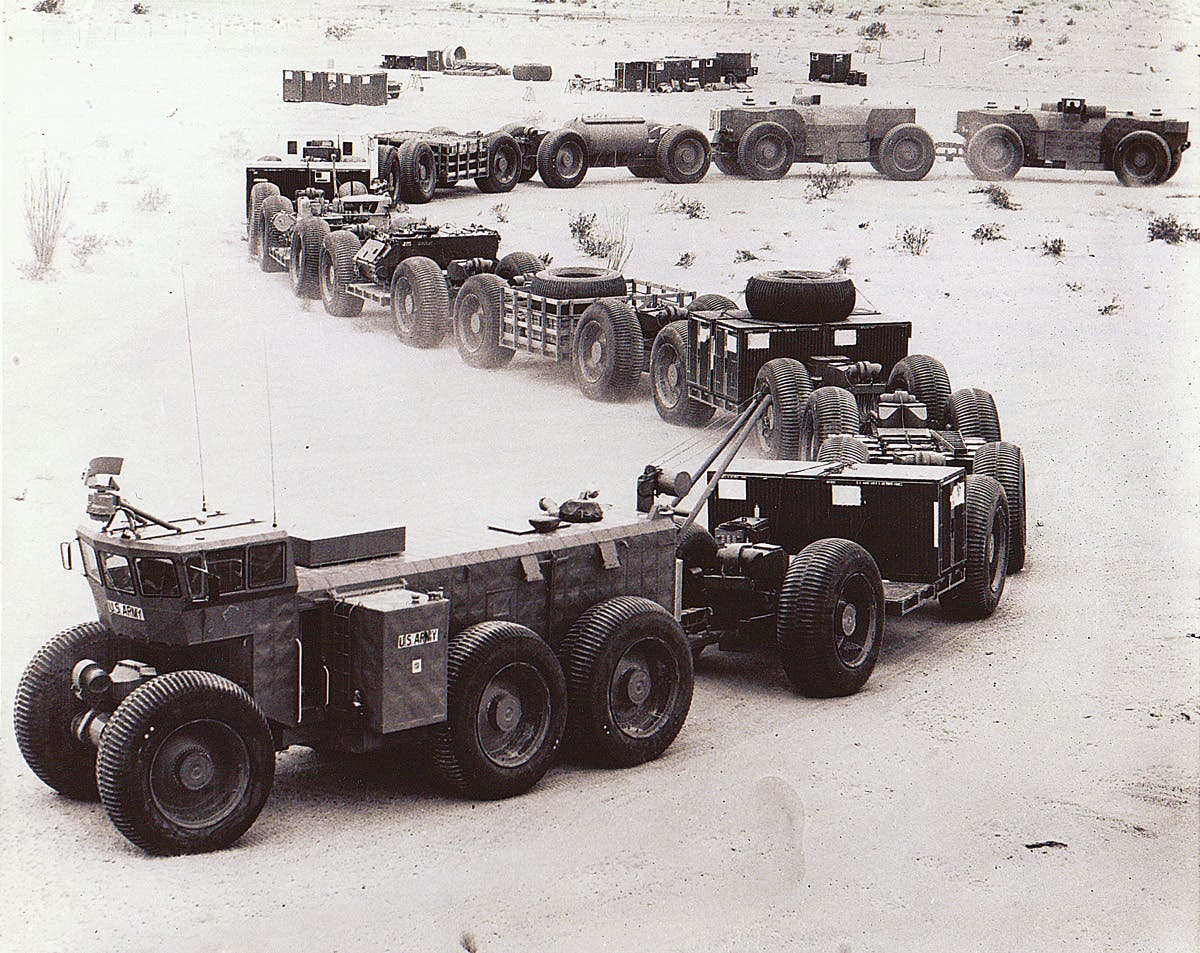VINTAGE MILITARY DODGE M37 COMPETES IN THE GREAT RACE
Competing against a field of vintage and classic cars, Upstate New York Team pilot a vintage military Dodge ¾-ton Weapons Carrier to take 5th in their class!
The Great Race is an antique, vintage, and collector car competitive controlled-speed endurance road rally on public highways. While it is not unusual to see Auburns, Packards, and early MGs battling alongside classic Barracudas, Impalas, and vintage Corvettes, the 2021 race had a unique entrant. Teamed up in a 1952 M37, upstate New Yorkers Dominick Celia and Michael Spina competed with vintage classic cars in the cross-county race — to the delight of all who saw the olive drab truck along the route.
DECISION TO RACE AN ARMY TRUCK
The first running of the Great Race occurred in 1983. Named for the 1965 movie, “The Great Race,” that starred Tony Curtis, Jack Lemmon, Natalie Wood, and Peter Falk the event is not a test of top speed. It is a test of a driver/navigator team’s ability to follow precise course instructions and the vehicle’s ability to endure a cross-country trip.
Any vehicle up through model year 1974 is eligible to enter. For purposes of scoring, the older the vehicle, the better the age factor adjustment the team will receive. At stake is more than $150,000 in prize money with $50,000 going to the overall winner.
Celia, who was the driver of the M37 team, had always been interested in participating in the race. He felt it would be great to enter the military vehicle in the race to honor all the veterans and current military personnel. He also thought — in the small chance we would win anything —he would donate it to a veterans’ group. When he pitched the whole idea to Spina, they agreed to take on the challenge. It was time to prepare.
Preparing the Weapons Carrier For Racing
After Celia found a suitable M37, he decided the stock Dodge T-245 engine with its 78 horsepower was just not durable enough for the nearly 2,300-mile trek. So, he located and installed an R2.8 Cummins Clean Diesel Engine. A little lighter, the 171-cu. in. engine produces about 171 horsepower out of the crate. Combined with good torque, Celia figured we would be averaging about 18-20mpg.
During the rebuild, the Celia decided to leave the original driveshaft and pumpkins, but would install new 4:89 gearing. When driving the 2” larger aftermarket tires on the truck, this new combination brought the gearing down to 4:65.
Celia retained the original transfer case but added an oil coolant system dedicated to it. During testing, they had Professional Transmission-Converter Corp. (Marcy, NY) go through to verify durability.
Final touches included disc brakes all around and power steering. The team agreed that it could be a long, rough ride, but decided to do it on original shocks. They did, however, agree that air ride suspension seats would make the race a bit more comfortable and assist them in their personal endurance. At the last moment, they decided air conditioning might be nice as the race began In San Antonio, Texas, with many legs completed in the southwest before turning northeast to a more comfortable climate.
Before they loaded the truck for the trip to starting line in Texas, they test-drove it about 600 miles. Fully loaded, it was going to top out at about 6,300 pounds. Celia and Spina were ready.
ONLY ONE OLIVE DRAB VEHICLE COMPETING
The New York team shipped the truck San Antonio. They rendezvoused with in on June 16, 2021, just in time for vehicle inspection and a rally school the next day.
Even though the pair had studied and prepared, they welcomed the opportunity to have veteran racers explain to them what they should expect during the 9-day race. They learned that on each morning of the race, the driver and navigator team would receive a set of course instructions. These instructions indicate every turn, speed change, stop, and start that the team must make throughout the day (usually 220 to 250 such instructions per day). They also learned that along the course route, there would be from 4 to 7 checkpoints recording the exact time that the team passed that point.
Their objective would be to arrive at each checkpoint at the correct time. The score for each team would be the result of the team’s ability to follow the designated course instructions precisely. Every second off the perfect time (early or late) at each checkpoint would be a penalty point. The M37 team would have to balance speed with precision timing.
The next day, June 18, was filled with several hours of practice and making final adjustments to the truck and personal gear.
About 150 teams had completed registration for the race. When the flag was dropped on the morning of June 19, however, only about 130 vehicles drove off — and only one, was a former military vehicle.
Over the next eight days, the teams competed from traveling through Texas, Oklahoma, Missouri, Kentucky, West Virginia, Virginia, North Carolina, and South Carolina. Every day, they stopped for lunch at a new town where the vehicles were on display. Each night, the race would end in a new state where a car show would be held and all vehicles were on display until 8-8:30 each night when the teams returned to their hotels to prep, clean and make any repairs necessary to the vehicles.
After 9 days of official rallying with a new state each day, the racers crossed the finish line in 2,300 miles later in Greenville, South Carolina. Completing the race were only 93 teams — including (to everyone’s surprise and delight) Celia and Spina in the M37!
While not taking high honors (those went to a team in a ’32 Ford), the duo in the olive drab Dodge finished 5th in their class — good enough to earn a $1,500 prize. As they had vowed when they decided to compete, the pair donated the winnings to their local Purple Heart Veterans organization).
When asked about their success, navigator Spina said, “Driving a tank of a vehicle and never competing in any type of road rally we were pretty happy!” Celia actually choked up before answering, “The outpouring of people and support in each town was overwhelming.”
When asked if he thought the crowds were cheering for him and his navigator, Celia said, “No, they were cheering for our military and our country. Seeing our truck made them feel patriotic.” He added, “What made it really special was when…Veterans came up. They were genuinely touched to see a military vehicle. The feelings between them, the truck, and us was unbelievable. We were proud to be driving the only military vehicle in this year’s rally. “
And that was the whole point of doing it for the pair — to honor our veterans as they piloted the M37 across a large part of the United States.
The 2022 Hemmings Motor News Great Race presented by Hagerty Drivers Club will start in Warwick, Rhode Island, on Saturday, June 18, and finish in Fargo, North Dakota, on Sunday, June 26. For more information, go to www.greatrace.com or contact Jeff Stumb at jeff@greatrace.com or 423-648-8542.
You may also enjoy
*As an Amazon Associate, Military Trader / Military Vehicles earns from qualifying purchases.
John Adams-Graf ("JAG" to most) is the editor of Military Trader and Military Vehicles Magazine. He has been a military collector for his entire life. The son of a WWII veteran, his writings carry many lessons from the Greatest Generation. JAG has authored several books, including multiple editions of Warman's WWII Collectibles, Civil War Collectibles, and the Standard Catalog of Civil War Firearms. He is a passionate shooter, wood-splitter, kayaker, and WWI AEF Tank Corps collector.








